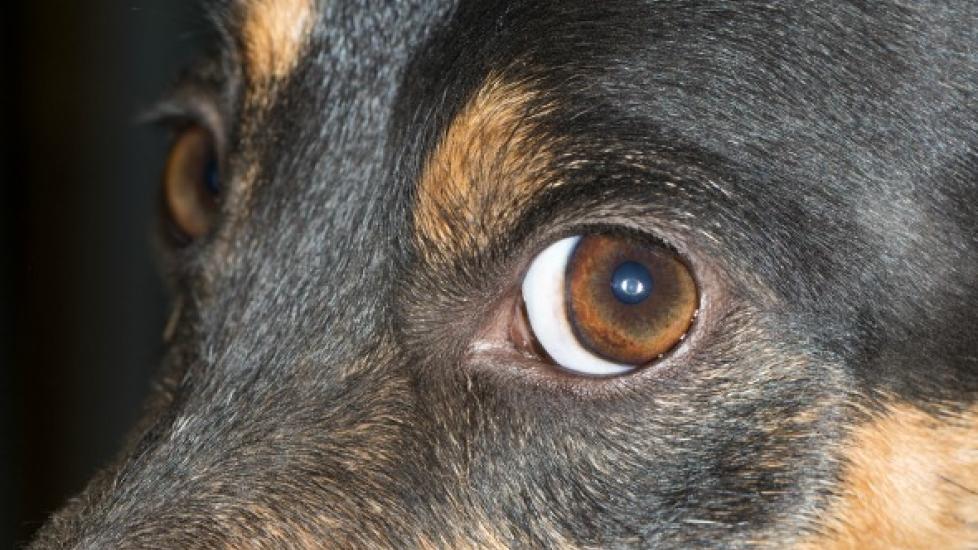The cornea, a transparent layer that covers the front part of the eye, plays a crucial role in focusing light onto the retina and enabling clear vision. In dogs, just like humans, this delicate structure can be affected by degenerative changes that lead to visual impairment if left untreated. Understanding the various forms of corneal degeneration is essential for pet owners seeking to maintain their furry companions’ ocular health. This article aims to provide an overview of these conditions while offering practical tips on prevention and management strategies.
Corneal dystrophies are hereditary diseases characterized by abnormalities within the cornea itself. They often manifest as bilateral (affecting both eyes), progressive cloudiness or opacification due to accumulation of lipid deposits between the layers of the cornea. There are several types of corneal dystrophy seen in dogs, including:
- Granular Dystrophy: Characterized by small, discrete granules primarily affecting the central portion of the cornea. It may progress slowly with minimal impact on vision but could worsen over time.
- Macromelanosome Dystrophy: Also known as pigmentary keratopathy, it results from excessive melanin deposition leading to brownish discoloration around the iris margins which then extends into the peripheral cornea.
- Lipofuscinosis Dystrophy: A rare form where yellow-brown lipofuscin accumulates within cells causing diffuse haziness throughout most parts of the cornea.
In addition to genetic predisposition, other factors contributing to corneal degeneration include trauma, infections such as bacterial ulcers or herpesvirus keratoconjunctivitis sicca (dry eye syndrome). Environmental irritants like windblown sand particles might also contribute to chronic inflammation leading ultimately towards structural damage within your pup’s precious peepers!
Prevention involves regular checkups with your veterinarian who will monitor any early signs indicating onset disease progression before they become severe enough requiring surgical intervention—which isn’t always successful anyway! Maintaining good hygiene practices around your dog’s face area helps reduce exposure risks associated with external pathogens; keeping them away from dusty environments too! Feeding high-quality diets richly endowed antioxidant nutrients further supports overall immune system function thereby enhancing resilience against common ophthalmic ailments affecting our beloved pooches everywhere across planet Earth today – so please do consider doing exactly what I’m suggesting here because nothing matters more than ensuring those twinkling eyes remain bright forevermore amigo ?
